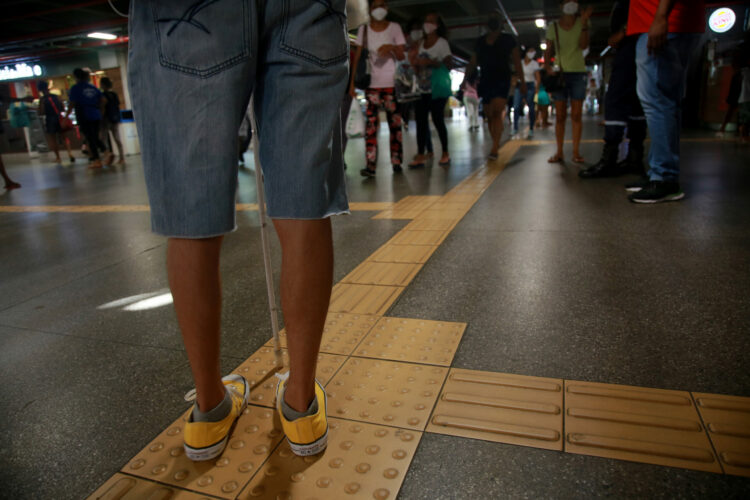Social distancing with architectural studs
They might be small in size but architectural and tactile studs are making a big impact when it comes to ensuring social distancing and demarcation in UK towns and cities.
With the likelihood of long-term social distancing measures needed throughout the UK as a result of the continuing coronavirus situation, architects, planners and property management specialists are looking for ways to integrate such measures into buildings and public places.
Temporary measures are being made permanent
Temporary signs and barriers are being replaced with street furniture and specialist metal studs for demarcation for the long-term, according to Robert Hawgood of Studmarc, a specialist company providing studs for protecting buildings to marking out walkways, cycle paths and social distancing.
“It’s become apparent from the recent increase in Covid-19 cases in the UK that measures for ensuring social distancing are going to have to be built into our architectural environment. That’s not just from an aesthetic point of view, but also to ensure demarcation is enduring,” he said.
“In many towns and cities, we have seen temporary measures put in place to ‘signpost’ people and vehicles. From wider walkways to pop-up cycleways. This is mirrored in shops and shopping centres, offices and even manufacturing facilities.






